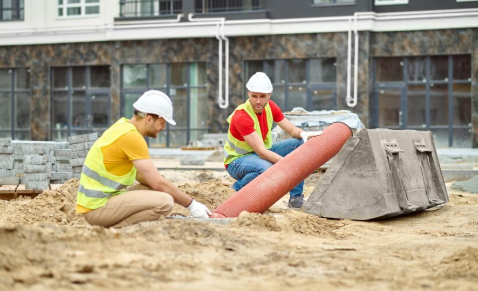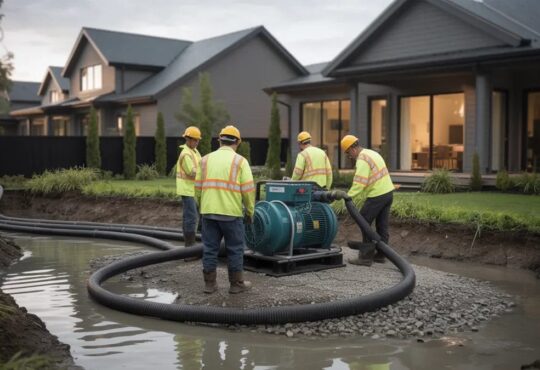
Septic Fields and Systems Explained: What Every Homeowner Should Know Before Installing One
If you’ve recently moved to a rural area or are building a home away from the city’s sewer grid, there’s a good chance you’ll need to understand how septic systems work.
While the tank usually gets all the attention, the real work is being done in the septic fields. It’s the underground network that handles all the wastewater treatment.
Let’s break down what a septic field is, how it works, and what you need to know to avoid expensive troubles later.
What Is a Septic Field?
Also called a drain field or leach field, a septic field is the part of your septic system that disperses and filters wastewater. After the solids are settled in the septic tank, the remaining liquid goes into the drain field. This liquid is known as effluent.
After that, nature takes over. The soil absorbs and treats the wastewater, removing harmful bacteria, nutrients, and contaminants before it eventually enters the groundwater system again.
Why Is a Septic Field Important?
Septic fields are essential to keeping your system functioning properly. If the field is too small, poorly installed, or clogged, the entire septic system can back up and send unpleasant odors into your home.
Properly designed and maintained fields:
- Help prevent groundwater pollution
- Extend the life of your septic tank
- Reduce the risk of flooding or pooling
- Protect your property value
What Affects Septic Field Performance?
Before installing a septic system, professionals will usually run a percolation test to see how well the soil drains. Some soils don’t absorb water well, which affects the size and placement of the septic field.
Other factors include:
- Water table depth. A high water table can interfere with wastewater treatment.
- Slope of land. Steeper areas may require additional engineering.
- Proximity to wells or bodies of water. You don’t want untreated wastewater near your drinking water source.
If you’re working with an experienced team, they will take these things into consideration to create a system that fits and works well with your land and lifestyle.
Signs Your Septic Field Might Be Failing
Like most underground systems, septic fields are also treated with a “out of sight, out of mind” mindset. But ignoring warning signs can lead to costly repairs or even a full replacement.
Watch for:
- Puddles or soggy areas near the field
- Strong sewage smell outdoors
- Sinks and toilets draining slower
- Gurgling noises in plumbing
- Frequent clogs
If you notice any of these, call a professional. These things don’t fix themselves.
How to Maintain a Septic Field
Taking care of your septic system isn’t as complicated as it sounds, but it does require consistency.
Here’s what helps:
- Pump the septic tank regularly, usually every 3 to 5 years.
- Don’t drive or park over the drain field. It can compact soil and crush pipes.
- Be mindful about what goes down the drain. Avoid grease, harsh chemicals, wipes, or anything non-biodegradable.
- Divert rainwater. Keep gutters and surface runoff away from the septic field.
- Space out laundry and water use. Large water dumps can overload the field.
A little attention now can save you thousands later.



